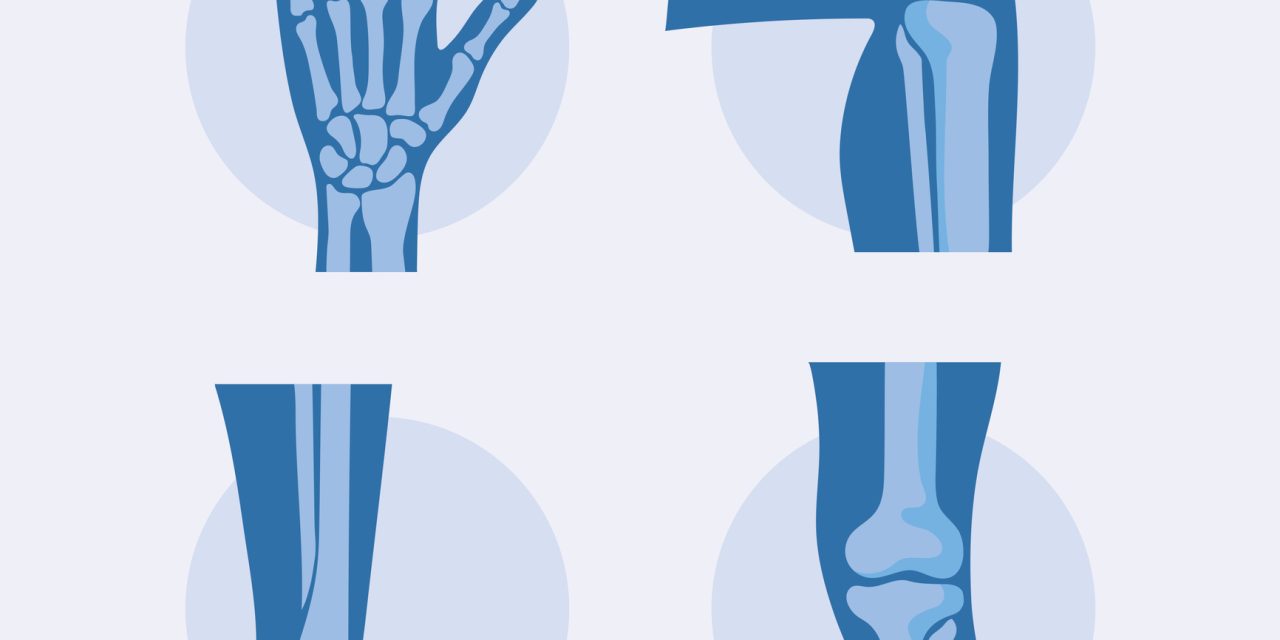For a study, researchers sought to look at the relationships between nailfold videocapillaroscopy (NVC) and pulmonary function tests (PFTs) in individuals with systemic sclerosis (SSc). It was a long-term study with unselected SSc patients. A baseline clinical examination, serological workup, high-resolution chest tomography, and NVC were all carried out. A pulmonary function test was done at the start of the study and again after 24 months. At 24 months, pulmonary function test deterioration was defined as either a 10% decrease in ΔFVC or a 5% and 9% decrease in ΔFVC paired with a 15% decrease in ΔDLCO. The NVC characteristics were analyzed statistically (capillary density quantity, size, shape, and hemorrhages) and qualitatively (NVC pattern) using the EULAR Study Group on Microcirculation in Rheumatic Diseases’ agreed-upon standardized criteria. There were 79 patients in all. Scleroderma was diagnosed in 59 people (6 “early”/16 “active”/37 “late”). At baseline, the mean FVC and DLCO were 76.8 and 67.2%, respectively, and 73.8 and 64.3% at 24 months. After multivariate analysis, they discovered that a lower baseline FVC was linked with lower capillary density (odds ratio [OR], 11; 95% CI, 1.5–90.7; P=0.03), and a lower baseline DLCO was associated with late scleroderma (OR, 6.75; 95% CI, 1.09–42; P=0.03). There was no correlation discovered between PFT deteriorating with time and NVC. The relationship between NVC and PFTs supported the link between microangiopathy and interstitial lung disease in SSc patients.
Source:journals.lww.com/jclinrheum/Abstract/2022/01000/Is_There_a_Link_Between_Nailfold.5.aspx’


